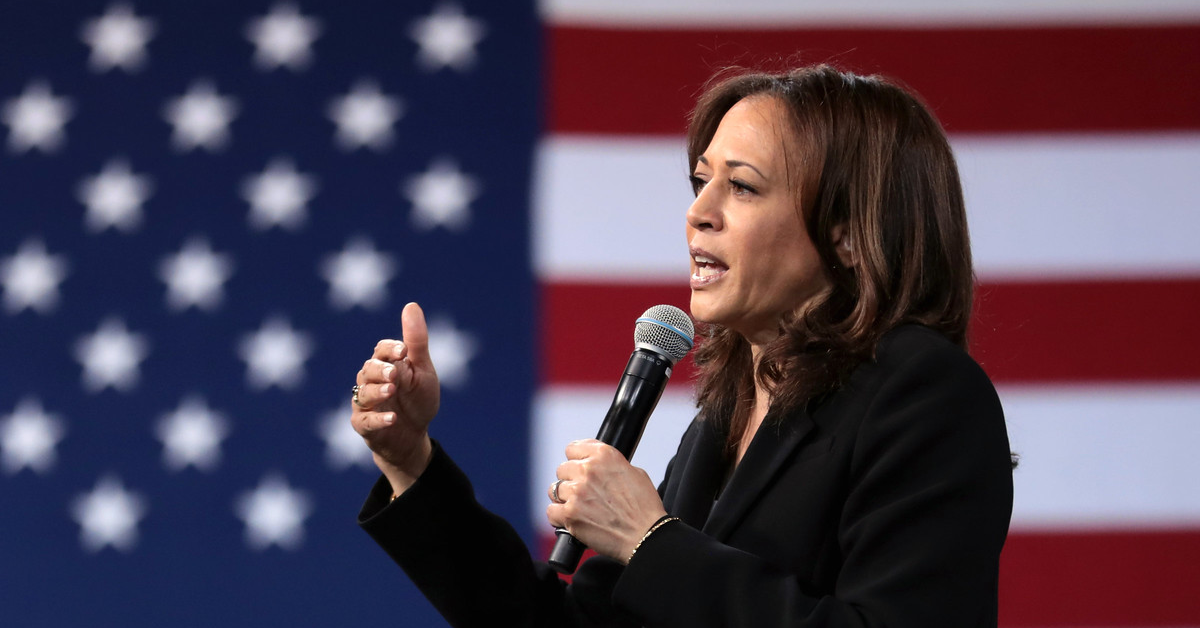There is a lot of good news in Fresno’s latest Comprehensive Annual Financial Report.
Still, I sense from its 340 pages that Fresno remains stuck in a rut. Lee Brand wants to be a transformative mayor. The 2017 CAFR suggests he’s got a ton of work to do.
The report presented last month to the City Council shows that city assets hit the $3.6 billion mark for the first time. Fresno’s revenue in the fiscal year ending June 30 was $804 million, a record that beat the previous high (2016) by more than $70 million. The pension system is in good shape and Wall Street credit ratings are recovering nicely.
The general fund reserve grew by nearly $5 million to finish Fiscal Year 2017 at $20.5 million.
It wasn’t all that long ago that the general fund reserve was doing good just to stay on the positive side of zero.
Said Brand: “This is just another indication that our strong fiscal strategy, combined with the dramatic improvement in our ratings outlook and our steady increase in job and wage growth, is the right formula for long-term stability. We have more work to do, but it’s encouraging to see our efforts continue to meet with success and move us closer to our goal of improving the quality of life for everyone in Fresno.”
The report was completed by the city’s Finance Department. The outside audit came from Brown Armstrong, LLP.
Said City Controller Mike Lima: “The City’s continued strengthening of its financial position is proof positive that Fresno has firmly established itself as a financially stable agency. However, since we still lag behind other cities when it comes to assets available to support our population, it is imperative that we maintain our fiscal prudence and that the plan to build all our assets, especially cash and capital assets, is continued.”
I take that to mean the kibosh on co-signing for huge loans to failing sports parks and cultural museums must continue.
The Comprehensive Annual Financial Report is an obligatory chore that has turned into something of a star turn for the controller. It wasn’t always this way at City Hall. Credit Mark Scott, city manager during most of Mayor Ashley Swearengin’s first term, for bringing the CAFR out of the shadows. He felt the CAFR, not the hot air of politicians, is where you discover the true measure of a town.
Let’s take a look at some of the FY 2017 CAFR’s numbers and assessments:
- Taxable sales in Fresno rose from $11.28 billion in 2016 to $13.25 billion in 2017.
- The unemployment rate fell from 9.4% in 2016 to 8.8% in 2017.
- City Hall issued 9,954 building permits in 2016 and 13,175 in 2017.
- The pension systems had a net asset of $147.7 million in 2017. Fresno is the only city among California’s 25 biggest cities on the positive side of the ledger. The other 24 cities all face a net liability.
- Fresno’s estimated population as of Jan. 1, 2017 was 525,832. The city covers 114.7 square miles.
- In 1990, the service sector generated 20% and agriculture 19% of Fresno County’s jobs. In 2017, the service sector generated 29% and agriculture 13% of Fresno County’s jobs.
- The 10 largest employers in Fresno in 2017 were all found in the government, public education or medical care sectors. Fresno Unified School District led the way with 10,552 jobs.
- City Hall spent 55% of its money on public safety in 2016; that percentage fell to 51% in 2017.
- The Fresno/Clovis Convention & Visitors Bureau clearly is doing something right. Fresno in 2017 took in $1.6 million more in room tax than projected in the budget.
- The Police Department in 2017 was budgeted to spend $157.4 million. Police actually spent $152.9 million. Why the $4.5 million difference? “Payroll costs were down as Police held positions vacant for a period of time to reduce expenditures,” the CAFR says.
- The Water Division is raking in the money. Revenues grew nearly 31% in 2017 to $101.9 million. Such growth figures to continue since substantial rate hikes are already approved for the next two years. All those Recharge Fresno projects cost money.
- The FAX bus system had 18 million passengers in 2009. There were 10.7 million passengers in 2016. What about 2017? FAX moved 9.6 million passengers, a 10.3% drop compared to the previous year. A big bump in state grants kept FAX alive.
- Fresno’s two airports in 2017 handled a record 1,537,876 passengers (origin and destination), 4.3% more than in 2016. Nearly 209,000 passengers in 2017 were international.
- Growth in passengers at Fresno Yosemite International Airport comes in at an average annual compound rate of 3.6% since 2010. This compares to 18% nationwide. (Vikkie Calderon, Airports’ media/public relations officer, tells me that FYI passengers since 2010 increased 28.5% compared to 18% nationwide. As to comparisons of the average annual compound rate, I suggest we forget it both in this blog and in next year’s CAFR. The 28.5% vs. 18% comparison says it all.)
- The Convention Center had 313 event days in 2017 compared to 312 in 2016. Total attendance was 455,587 in 2017 compared to 455,491 in 2016. Revenue was $3.7 million in 2017 compared to $3.6 million in 2016. In other words, the Convention Center’s performance in 2017 was essentially flat.
- Operating expenses at the Convention Center in 2017 were $8.4 million, $1 million more than in 2016. Operating expenses in 2017 weren’t flat. Someone had to make up the difference between expenses and revenue. I’m guessing this is where that bump in room tax revenues went.
- Yes, the net pension asset was $147.7 million. But, the net pension asset in 2015 was $326.7 million. “In other words,” the CAFR says, “the Net Pension Asset has lost slightly more than half its value in just two fiscal years. This decrease shows the need for continued cognizance that salary and benefit increases, if not offset by investment returns, could turn this asset into a liability.”
The 2017 CAFR says in conclusion: “While challenges remain, management believes that there are many more positive factors than challenges. Key among those factors is the commitment to the balanced approach of financial management that has been observed in the past few years. This balance includes: 1) restore services; 2) invest in deferred maintenance; 3) pay off debt; and 4) fund reserves for future economic downturns. Management believes that continued adherence to this approach will result in a continuation of the financial progress that has been made.”
So, why do I think Fresno is stuck in a rut?
The 2017 CAFR includes a wonderful section on local demographic and economic statistics. As noted above, the top 10 employers in 2017 were in the government, education and medical care sectors: Fresno Unified, Fresno County, Community Regional Medical Center, the IRS, City of Fresno, Saint Agnes, Fresno State, Kaiser Permanente, State Center Community College District and Central Unified. For all intents and purposes, the medical care sector is government.
The top 10 local employers in 2008 came from the same three sectors. In 2008, the VA hospital and the Fresno County Economic Opportunities Commission were on the list – government or government-funded. (These two were replaced on the 2017 list by the IRS and Central Unified.)
Fresno can’t take the great leap forward if the only logical path to a solid middle class life (good income, regular raises, full benefits, defined benefit pension, employment security, positive social status) is a job in government, education or medical care.
Yes, it’s great that city officials and community leaders landed the Amazon and Ulta Beauty distribution centers. Whether the vast majority of those jobs meet the criteria I listed above remains to be seen.
Strong growth in good-paying private sector jobs will make Fresno great.










I read an interesting article about those Amazon fulfillment centers that was posted on CityLab late last week. The article concluded that in most cities long term employment did not improve and it appears all that happens is that employment is redistributed-that workers leave low wage service industry jobs for slightly higher paid fulfillment center jobs. The odd thing is that the lower paid service jobs don’t backfill with fresh blood-employment rates eventually flatten out and remain stagnant. It’ll be interesting if this repeats itself in Fresno.